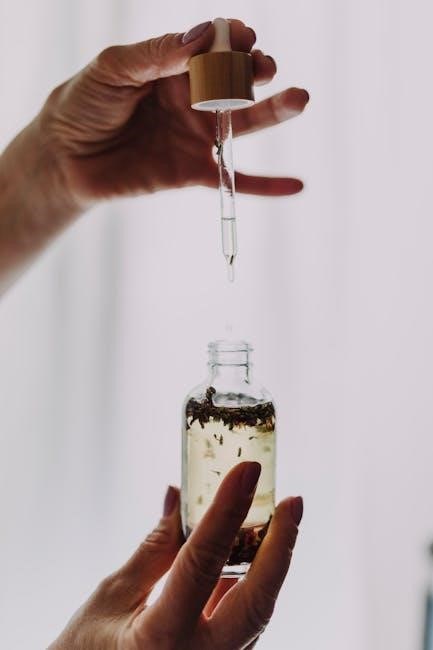mam self sterilising bottles instructions
MAM Self-Sterilising Bottles Instructions: A Comprehensive Guide
Welcome! This guide provides comprehensive instructions for using MAM self-sterilising anti-colic bottles. These bottles offer a convenient way to sterilise quickly and safely at home or on the go, no steriliser needed.
MAM Easy Start Anti-Colic bottles offer a unique self-sterilising function, simplifying hygiene for parents. These bottles can be sterilised in the microwave in just a few minutes, without the need for separate sterilisers or sterilising solutions. This feature makes them ideal for use at home or while traveling, ensuring your baby’s feeding equipment is always clean and safe.
The design also helps reduce colic in babies. MAM bottles are easy to disassemble and reassemble. They are popular among parents seeking convenience and peace of mind.
Preparing for First Use
Before using your MAM bottles for the first time, proper preparation is key. This ensures hygiene and familiarises you with the bottle’s components before feeding your baby.
Initial Cleaning and Sterilisation
Prior to the very first use, thoroughly clean and sterilise each part of the MAM Easy Start Anti-Colic bottle. Disassemble all six components and place them in boiling water for five minutes. Alternative methods include using a steam steriliser (electric or microwave), following the manufacturer’s instructions, or a liquid sterilising solution. This initial sterilisation step is crucial for hygiene. Always allow parts to cool before assembling. Proper cleaning removes any manufacturing residues and ensures the bottle is ready for safe use with your baby. After boiling, let the items stand for five additional minutes.
Disassembling the Bottle
To effectively clean and sterilise the MAM Easy Start Anti-Colic bottle, proper disassembly is essential. Begin by unscrewing the bottle’s base from the bottle body. Next, detach the teat and screw ring from the bottle body. Remove the silicone valve from the base of the bottle. Finally, separate the lid from the bottle. This will leave you with six distinct parts: the lid, teat, screw ring, bottle body, valve, and base. Ensure each component is separated to allow thorough cleaning and sterilisation, preventing any residue buildup and maintaining optimal hygiene for your baby’s feeding.
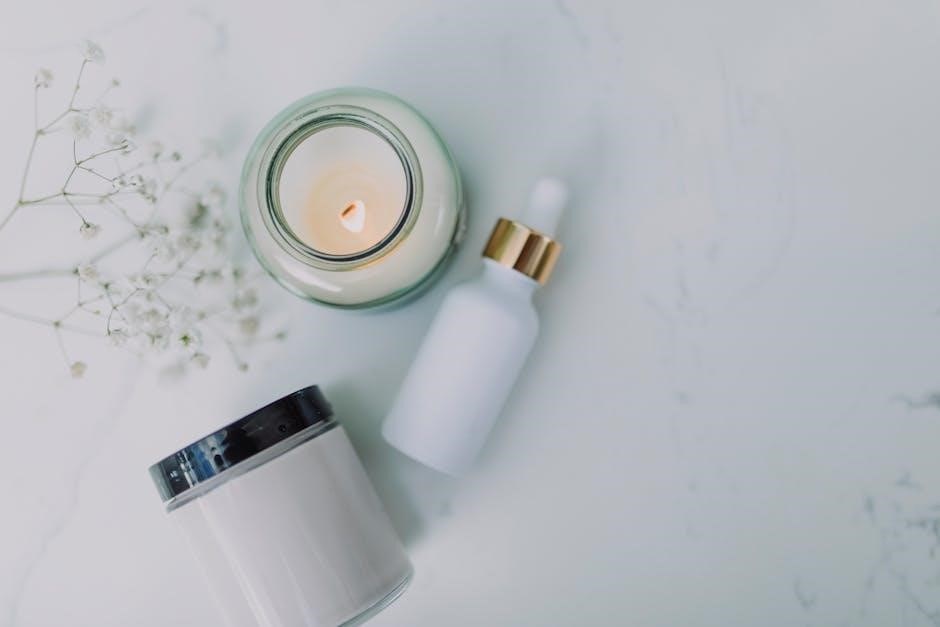
Self-Sterilising in the Microwave: Step-by-Step
This section outlines how to safely and effectively self-sterilise your MAM bottles in the microwave. Follow these steps for quick and easy sterilisation without needing extra equipment or sterilising solutions.
Required Components and Arrangement
Before you begin the self-sterilisation process in the microwave, ensure you have all the necessary components of your MAM Easy Start Anti-Colic bottle. This includes the bottle base, teat, screw ring, bottle body, and the cap.
Proper arrangement is crucial for effective sterilisation. Place the components on top of each other; do NOT screw them together. This allows the steam to circulate freely, disinfecting all parts thoroughly. Incorrect placement can hinder the sterilisation process and may not eliminate all bacteria. Always refer to the instruction leaflet for specific diagrams.
Adding Water and Setting the Microwave
To self-sterilise your MAM bottle, you’ll need to add the correct amount of water. Typically, this involves adding 20ml of water to the bottle base. Always double-check your instruction leaflet for the exact amount recommended for your specific bottle model.
Once the water is added and the bottle components are stacked correctly, place the assembled bottle in the microwave. Set the microwave according to the instructions, usually for around 3 minutes at 750-1000 watts. Adjust the time based on your microwave’s wattage to ensure thorough sterilisation.
Cooling and Assembling the Bottle
After microwaving, carefully remove the bottle as it will be hot. Allow the bottle to cool down completely before handling it to avoid burns. This cooling period is important for safety.
Once cooled, you can assemble the bottle for use or storage. Ensure all components are dry before assembling to prevent bacterial growth. The assembled bottle will remain sterile for approximately 48 hours if stored properly. Always wash your hands before assembling the bottle to maintain hygiene and prevent contamination before feeding your baby.
Alternative Sterilisation Methods
Besides microwave self-sterilisation, MAM bottles can be sterilised using electric or microwave steam sterilisers, boiling, or liquid sterilising solutions. Always follow manufacturer instructions for each method to sterilise effectively.
Steam Sterilising (Electric or Microwave)
Electric and microwave steam sterilisers are alternative methods for sterilising MAM bottles. Disassemble the bottle completely. Place all components inside the steriliser, following the steriliser manufacturer’s instructions regarding water levels and sterilisation time. Ensure items don’t overlap within the steriliser for proper steam circulation. After the cycle, allow the bottles to cool before reassembling. Remember to consult your steam steriliser’s manual for specific guidance. This method effectively eliminates bacteria, ensuring your baby’s feeding equipment is hygienic. Proper sterilisation is key to maintaining your baby’s health and well-being.
Boiling in Water
Boiling is a traditional method to sterilise MAM bottles. Disassemble the bottle into all its separate parts. Place the components in a pot of boiling water, ensuring they are fully submerged. Boil for at least 5 minutes to effectively kill bacteria. After boiling, carefully remove the parts from the water using tongs to avoid contamination. Place them on a clean surface or drying rack to air dry completely before reassembling. Ensure there is enough water in the pot so that the parts do not touch the bottom of the pot to avoid melting.
Liquid Sterilising Solution
Liquid sterilising solution offers another method for sterilising MAM bottles. Prepare the solution according to the manufacturer’s instructions, using the correct water-to-solution ratio. Disassemble the MAM bottle into its individual components. Fully submerge all parts in the sterilising solution, ensuring no air bubbles are trapped. Leave the items in the solution for the time specified by the solution’s instructions. After sterilisation, remove the parts and rinse them thoroughly with cooled, pre-boiled water. Allow the components to air dry on a clean surface or use immediately. Always follow the instructions on the liquid sterilising solution packaging.
Cleaning and Maintenance
Proper cleaning and maintenance are essential for hygiene. Clean all bottle parts after each use. This section outlines recommended tools and methods, including dishwasher use, ensuring your MAM bottles remain safe for your baby.
Recommended Cleaning Tools
To effectively clean your MAM self-sterilising bottles, using the right tools is crucial. Soft bristle brushes are recommended to avoid scratching the plastic. Avoid hard scourers, as they can damage the bottle’s surface. Soft sponges are also a good alternative for gentle cleaning. Ensure that you have a dedicated bottle brush to reach all areas, including the teat and valve. Proper cleaning tools help maintain hygiene and prolong the life of your MAM bottles, keeping them safe for your baby’s use. Always rinse thoroughly after washing with soap.
Dishwasher Use (Sterilise Cycle)
MAM Easy Start anti-colic bottles can be cleaned in the dishwasher, offering a convenient cleaning option. Ensure you use the sterilise cycle to effectively disinfect the bottles. Place all components, including the bottle, teat, and other parts, on the top rack to prevent melting. Avoid using abrasive detergents or excessive heat, as these can damage the plastic. Always check the bottle components for any signs of damage or wear after each dishwasher cycle. Regularly inspecting the bottles ensures they remain safe and hygienic for your baby’s feeding. Always rinse before sterilizing.
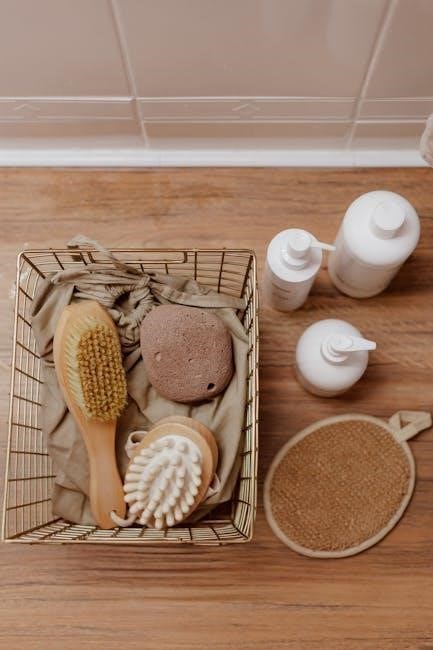
Storing Sterilised Bottles
MAM bottles can be stored assembled after self-sterilisation. They will remain sterile for up to 48 hours if stored correctly. Ensure the bottle is fully assembled and sealed to maintain sterility.
Assembled Storage Time
After self-sterilising your MAM Easy Start Anti-Colic bottles, they can be stored assembled for up to 48 hours. This provides a convenient solution for preparing bottles in advance. To maintain sterility during this period, ensure that the bottle components are correctly assembled. Avoid unscrewing or opening the bottle until ready to use.
Storing assembled bottles reduces the risk of contamination, making it easier to have a sterilised bottle available whenever needed. Always check for any signs of damage before use, even after storing them assembled for a short time.
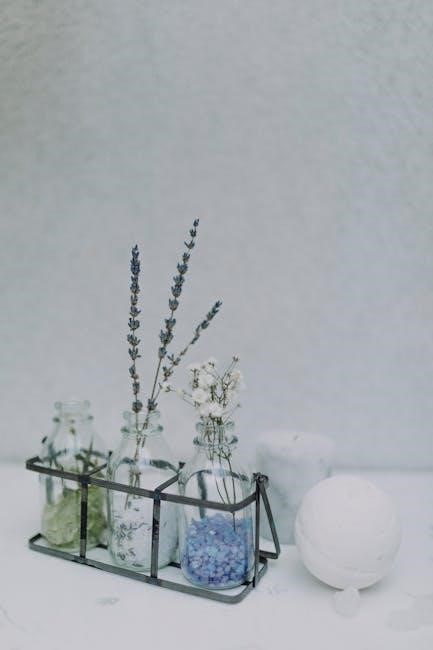
Important Safety Precautions
Prioritize safety when using MAM self-sterilising bottles. Always check for damage or weakness before each use. Ensure proper component placement during self-sterilisation to avoid accidents and guarantee effective sterilisation.
Checking for Damage and Weakness
Before each use, meticulously inspect all parts of the MAM Easy Start Anti-Colic bottle. Look for any signs of cracks, tears, or deformation in the plastic or silicone components. Pay close attention to the teat, bottle body, and base. Discard any parts that show damage, as they may compromise the bottle’s integrity and your baby’s safety. Replace damaged components immediately to ensure proper functionality and prevent potential hazards during feeding. Regular inspection helps maintain the bottle’s safety and effectiveness, providing peace of mind while feeding your little one.
Proper Component Placement During Self-Sterilisation
When utilising the self-sterilising feature of your MAM Anti-Colic bottle, it is crucial to ensure the components are placed correctly to guarantee effective sterilisation. Always stack the bottle parts loosely inside each other, ensuring they are not screwed together tightly. The components should be placed on top of each other to allow steam to circulate freely. Improper placement can hinder sterilisation, potentially leaving harmful bacteria on the bottle. Following this arrangement is essential for optimal hygiene and safeguarding your baby’s health. Refer to the included instructions for a visual guide.
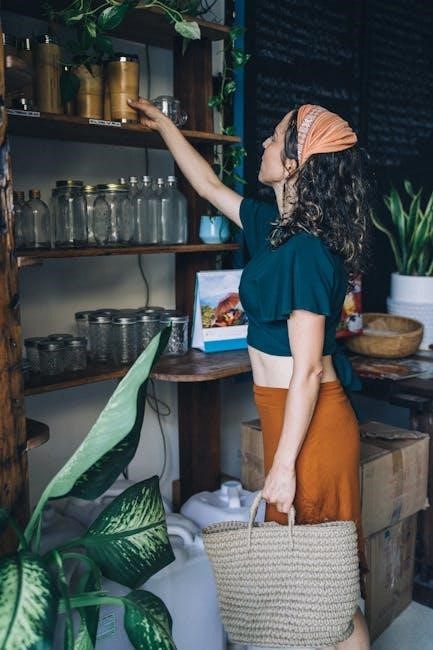
Additional Tips and Considerations
To enhance the longevity and effectiveness of your MAM bottles, consider these tips. Always inspect bottles for damage before each use, discarding any showing signs of wear. When preparing formula, ensure proper mixing to avoid clumps that could block the teat. The MAM teat is designed for easy acceptance, but observe your baby’s feeding cues for optimal flow. Clean bottles immediately after use to prevent milk residue build-up. Explore MAM’s range of compatible products for a seamless feeding experience. Remember to consult healthcare professionals for personalized feeding advice. Regularly check the teat flow to ensure it is appropriate for your baby’s age and development.
